Resorptive lesions in cats are alarmingly prevalent and can be a significant source of pain and discomfort, often remaining unnoticed until they have significantly progressed. As a common dental issue in felines, these lesions not only affect the health of your cat’s teeth but also their overall well-being and quality of life. At Cane Bay Veterinary Clinic, we emphasize the importance of early detection and appropriate care to manage this painful condition.
What are Resorptive Lesions?
Resorptive lesions, also known as feline odontoclastic resorptive lesions (FORLs) or tooth resorption, occur when a cat’s body mistakenly begins to break down and absorb its own tooth structures. This process typically starts subtly at the gum line and can progressively destroy the enamel, dentin, and even the root of the tooth. Although the exact cause of these lesions remains unclear, several factors are thought to contribute to their development, including genetic predisposition, dietary influences, certain viral infections, and underlying periodontal disease.
Recognizing the Signs
Cats are notoriously skilled at masking pain and discomfort, making it challenging for owners to recognize when their cat is suffering from resorptive lesions. At home, it is crucial to observe any subtle changes in behavior or routine that could indicate dental distress. Common signs include alterations in eating habits such as dropping food or chewing on only one side of the mouth, excessive drooling, pawing at the mouth, a decrease in grooming habits, weight loss, and even behavioral changes like increased hiding or aggression. Recognizing these signs early can save your cat some significant discomfort.
Diagnosis and Treatment
Early diagnosis of resorptive lesions is vital to prevent further pain and loss of teeth. At Cane Bay Veterinary Clinic, our approach to diagnosing this condition includes a thorough oral examination, under anesthesia, to allow for a detailed assessment without causing additional stress to your cat. Dental X-rays are crucial as they help determine the extent of the tooth damage since lesions can be below the gumline. Treatment varies depending on the severity of the lesions; early stages might only require medication to manage pain and slow down the lesion’s progression, whereas advanced cases often necessitate tooth extraction to remove the source of pain and prevent further issues. Understanding the treatment options and the importance of pain management during and after procedures is essential for every cat owner.
Prevention Strategies
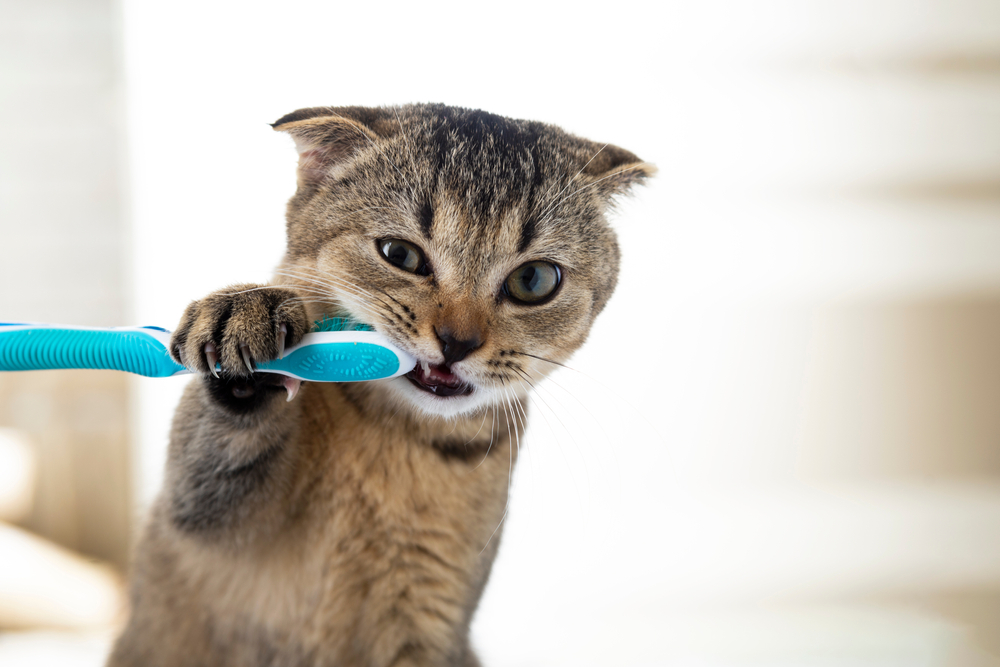
While it’s not always possible to prevent resorptive lesions entirely, there are proactive steps every cat owner can take to minimize risk and promote overall dental health. These include scheduling regular exams which include a dental exam, maintaining a consistent at-home dental care routine with pet-safe toothpaste, and ensuring your cat has a balanced diet. Dental chews can also be beneficial, but it’s important to choose products that are specifically recommended by your veterinarian. Addressing any signs of dental disease promptly can also make a significant difference in the overall dental health of your cat.
Prevent Resorptive Lesions with Cane Bay Veterinary Clinic
Maintaining your cat’s dental health requires attention to both regular veterinary care and consistent home practices. Being proactive about dental issues can greatly enhance your cat’s comfort and health. If you have any concerns about your cat’s dental health or suspect they might be suffering from resorptive lesions, do not hesitate to contact us at Cane Bay Veterinary Clinic and we will help you get to the bottom of their discomfort.

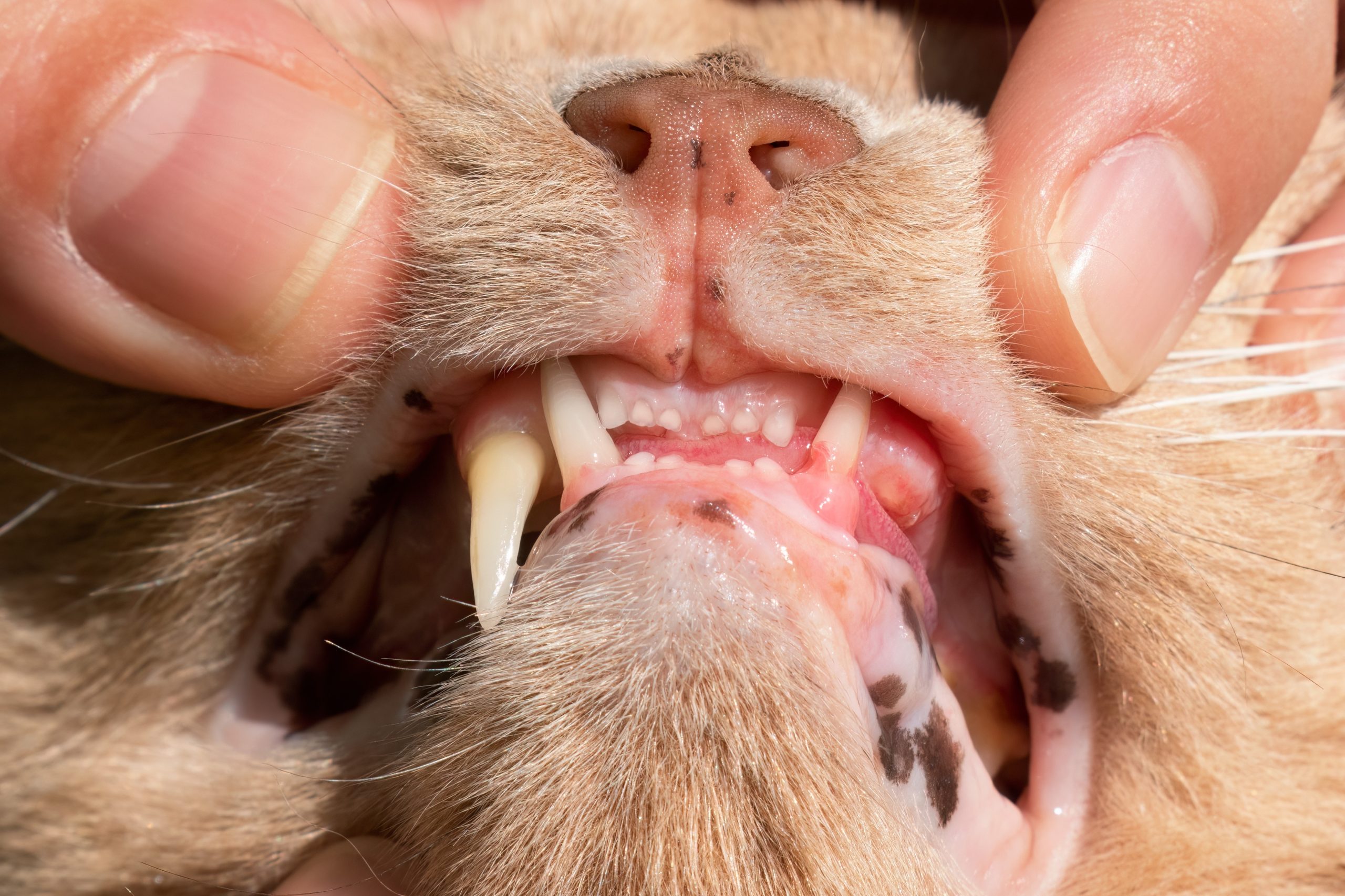

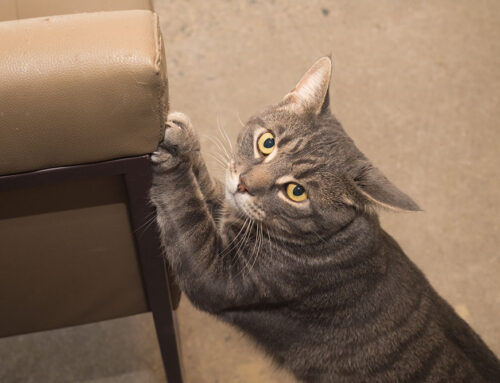
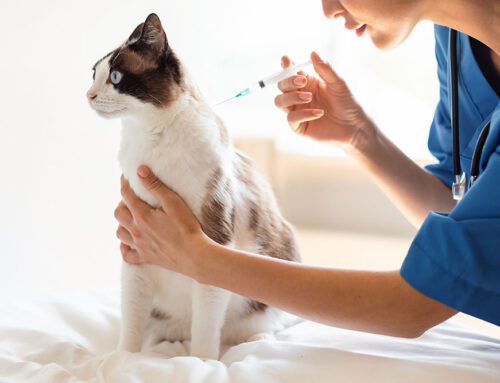
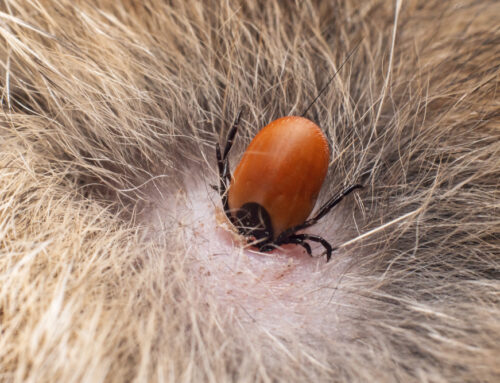

Leave A Comment